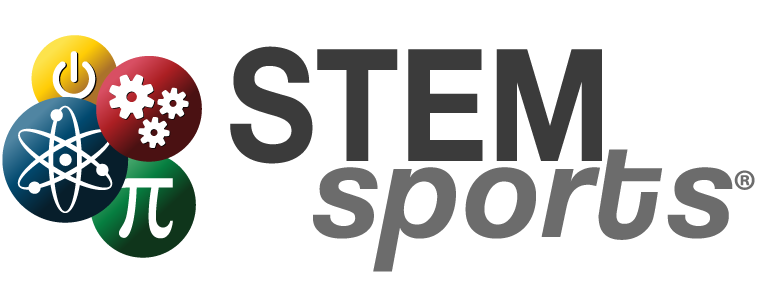Using sports to facilitate curriculum in the classroom is a great way to get students excited about learning. These lessons cater to students regardless of their interests, especially the students who are more interested in athletics. As educators, we always look for ways to maximize student participation, comprehension, and interest in the subject matter. Sports lessons are a unique way of doing this.
One roadblock for educators when applying new lessons in the classroom is not knowing how to start. STEM Sports® has created a comprehensive guide on creating a sports lesson plan personalized to your student’s grade band.
Pick a Sport (or Two!)
Before focusing on the educational aspects of the lesson, start by picking which sports you want to use to facilitate your lesson. Sports are full of real-world applications of key concepts students are learning in the classroom. By starting here, you can start to look at these sports more critically during the later steps.
Are you having a hard time picking a sport or sports? It can be helpful to look at what sports are in-season and connect your lessons to their games. For example, in the fall, you could connect your lesson plan to basketball to correlate to MLB, NBA, or NCAA basketball. Or, you could correspond your lesson to NCAA March Madness, in the spring. This allows your students to learn over an extended period of time, allowing them to improve their skills and take the time to think critically about what they are learning.
Consider What Subjects to Focus On
Science, technology, engineering, and math (STEM) concepts are extremely prevalent in sports both on and off the field. Once you have picked your sport, you will need to look at it with a new lens to isolate areas that connect to key STEM concepts.
It is important to choose one or two areas to focus on. You do not want to overload your students with too many new concepts at once. One of the benefits of a sports lesson plan is that students will physically and actively engage with the curriculum. This can only be done if they have the time to devote their thoughts to what they are learning and why it matters.
Use Real Life Examples
This step will come naturally after you have chosen your sports and STEM concepts! Sports are full of real world examples that students can engage in during the lesson. Real world examples provide students with an application to fully understand the lesson and see where it applies outside the classroom. This creates a welcoming, easy to understand environment when they are being introduced to science subjects that may otherwise be daunting.
STEM Sports® uses sports in each lesson to connect STEM to the world around us. In STEM Soccer, students create a model to demonstrate how increasing the pressure of a ball increases the amount of air molecules. Each lesson also includes a section of jobs in sports that require the skills students are learning. In the STEM Soccer lesson, we include these jobs to give students motivation and guidance for continuing their STEM education:
– Materials Chemist
– Ball Engineer
– Market Researcher
– Product Development Scientist
– Equipment Manager
Make it Hands-On
Hands-on lessons promote the idea of students learning through doing rather than seeing. This approach allows students to learn with the lesson rather than sitting through a lecture and listening to the curriculum. This interaction with the lesson results in better comprehension and retention of the material and, in turn, improves students’ test scores. We believe this is the most equitable method to deliver education to students.
When using sports as a facilitator of the lesson, hands-on activities come naturally. Each lesson uses a different area of sport to teach the lesson. Students will learn through interacting with the sport and seeing from their own experience where STEM comes into play. Depending on if you are going to facilitate this lesson indoors or outdoors, you can include more physical activity to promote physical fitness during the lesson.
Bring it Back to the Classroom
Assessments and worksheets should be a key part of your lesson to gauge student comprehension. STEM Sports® recommends using pre and post assessments to see how students have improved their skills throughout the lesson. It can also be beneficial to have corresponding worksheets that students can use throughout the lesson to answer questions and write down key findings.
As educators, having these resources is key to understanding how students are doing and what areas need to be revisited. Hands-on lessons through sports allow students to be more independent and take control of their own education. The worksheets and assessments give educators the ability to see after the fact, what they should talk about more, where they need to get more involved, and what lessons need to be repeated.
Lesson Planning with STEM Sports®
STEM Sports® offers K-8 curriculum in ten different sports. This variety allows educators and facilitators to choose a curriculum kit that fits the needs and interests of their students. Each sport is offered by grade band based on corresponding standards: Next Generation Science Standards (NGSS), Common Core State Standards (CCSS), and K-12 Physical Education Standards. This makes the curriculum perfect for the classroom, afterschool programs, summer camps, or homeschooling.
If you are an educator or administrator interested in purchasing a turnkey curriculum kit for your classroom, click here to see STEM Sports® offerings.
